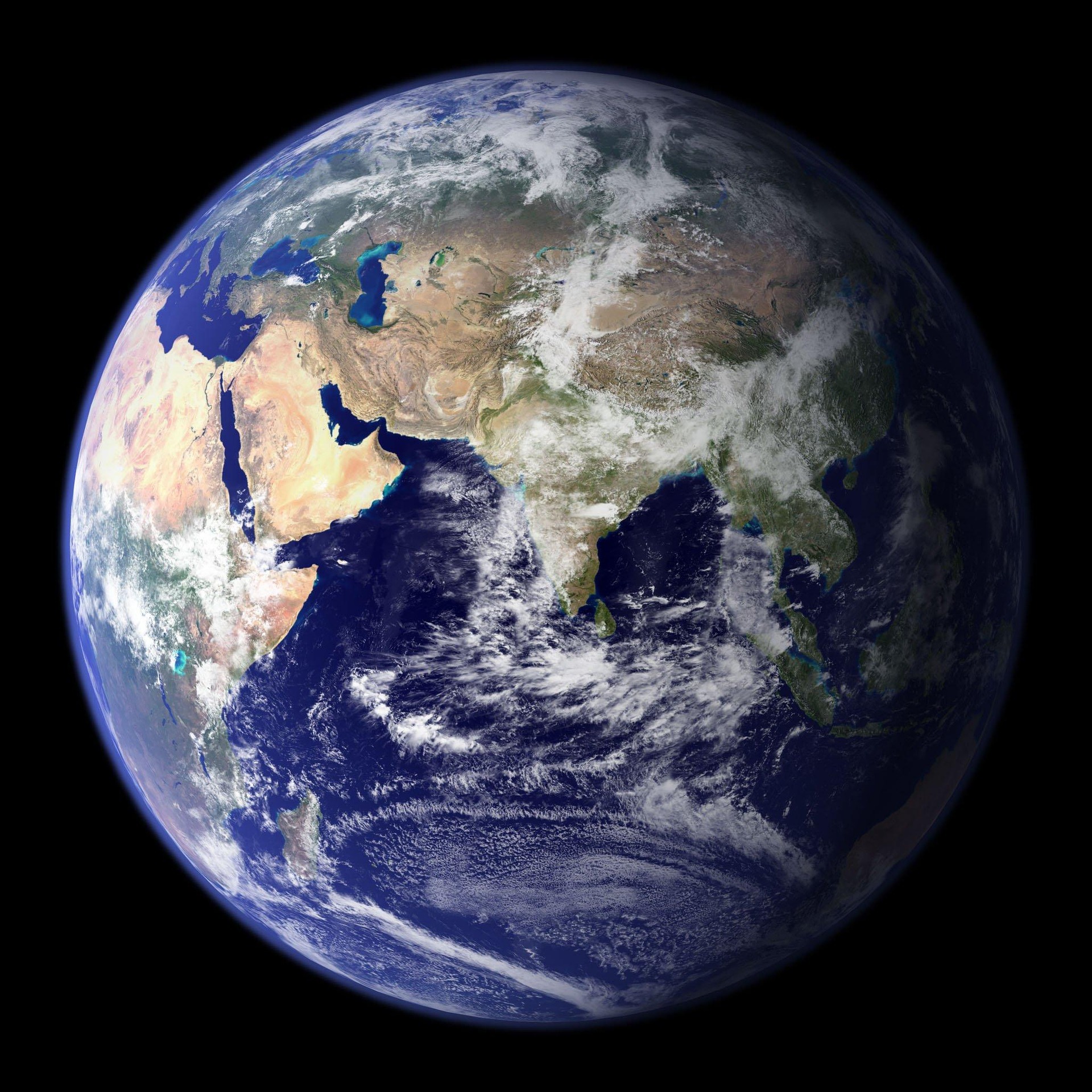
We have polluted the land, air and water. We have turned the oceans acidic and stripped the land of forests, making the climate intolerable. We are forcing out species to extinction. We have lost a sense of responsibility. Happy Environment Day!
June 5, 2025
A tiger and its cubs sighted recently amidst Ooty’s tea estates caused some stir. Rarely seen unlike the leopard in these parts, the tiger was a surprise. Of course, the panic button would be ringing among the local residents and labourers. Eventually what happens is anyone’s guess. Co-existence is a nice word in the conservationist’s lexicon but reality is something else. Sooner or later the tigress and her cubs will be caught and moved to a nearby forest (which may already have its reigning queens) or the zoo.
There is very less space left for wildlife today, in our country and the planet as a whole. In India, with a population of 1.3 billion and 13 million added annually, there is very little space for ‘what has no use’.
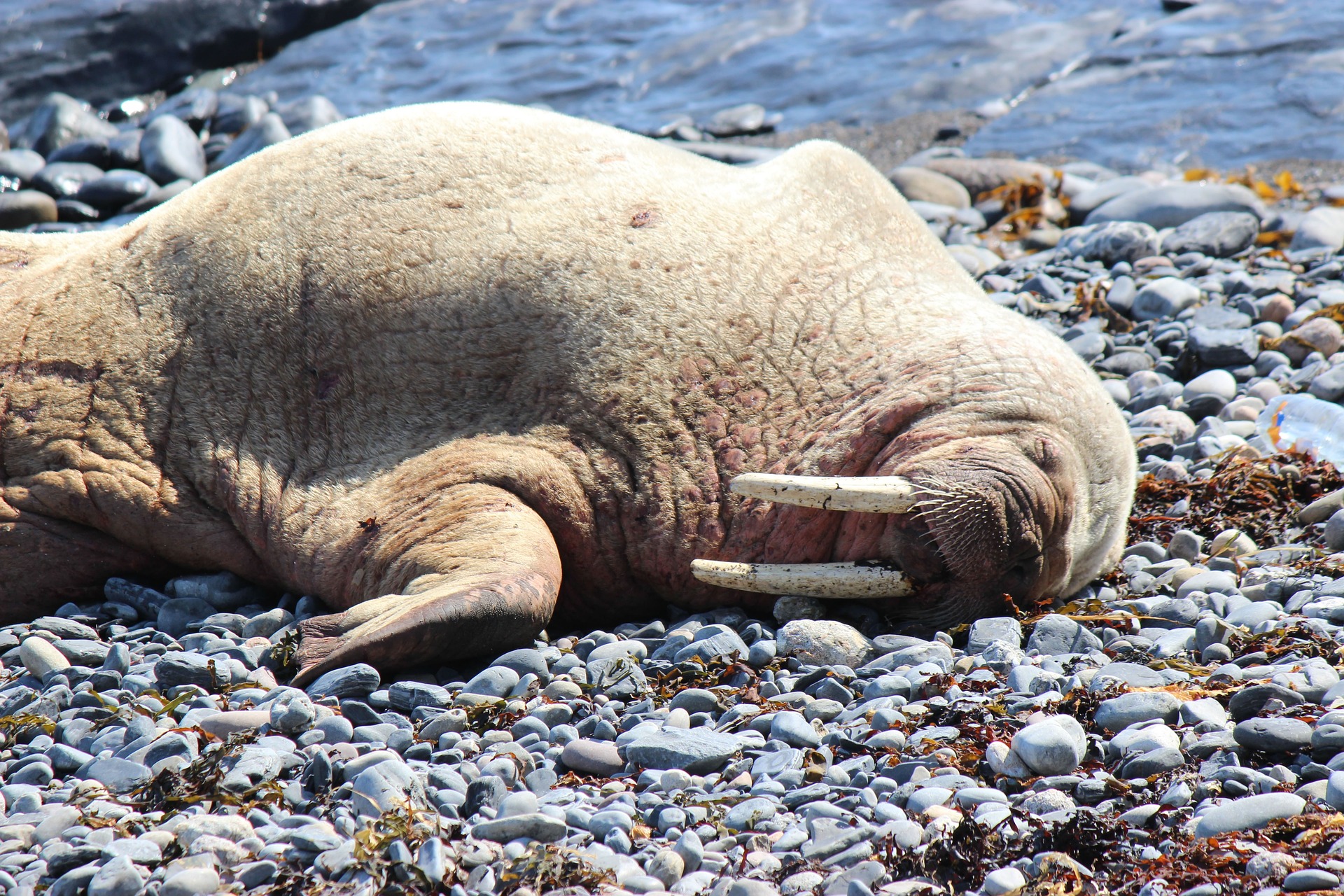
Pixabay pic by Richard
An Arctic walrus made news during its frequent sighting on the shores of UK, far away from its home in the Arctic. Eventually, he rested on land well enough to take the long journey northwards to Iceland where he was last sighted. Whether it is the Arctic beluga whale found in Thames, or a leopard in a crowded city like Bengaluru, the reasons are often similar – loss or fragmentation of habitat, human population, climate change, invasive species, etc.
The Arctic sea ice has seen a 60 % reduction since 1900. The suburbs around cities were once densely wooded but are now cleared out to make way for insatiable human appetite for real estate and infrastructure projects.
As ice melts, polar bears are affected. Sea ice is important in their scheme of hunting, resting, mating and travelling. Without the ice they have to swim long distances to find food. Instances of malnourishment have been recorded in some studies, causing concern over their future numbers. A 2015 report by the International Union for Conservation of Nature (IUCN) spoke of a 30 % decline in population over 40 years, while a later study said polar bears of the Arctic will become extinct by 2100 under present trends.
Leopards were once found in large numbers across India but their numbers too are fast dropping.
Do we need the leopards and polar bears, tigers and elephants? Once we are rid of them, don’t we stand to gain so much more of land and resources? Can we not just mine the stuff we need and enjoy? That is why one needs to understand biodiversity.
In a recent study at Stanford conducted in Costa Rica, the team showed the connection between tree cover and reduced incidence of dengue! It was already known that small patches of tree cover help support a diverse range of plants and animals, but this study showed the link to infectious diseases. With more tree cover came more diverse species of mosquito, the competition making it difficult for the invasive disease causing Aedes albopictus to survive!
75 pc of our food is grown thanks to pollination by birds, insects. Oceans and forests absorb 2.6 bn tonnes of co2 every year. Plants and animal parts are used to make around 50 pc of pharma products. In many parts of the world, the plants and animals provide food to the natives. Wetlands that help purify chemical laden farm runoff water are also getting degraded or converted. Having a diverse ecosystem helps cope with drought and other environmental changes brought on by climate change and invasive species. This is why tropical forests that have diverse species are the focus of efforts to
combat climate change.
The role of bees, birds and butterflies as pollinators, is well known, as also the role of worms that break down nutrients in soil. Without trees and bushes all the water that rained would have flown away and not percolated into the soil. Their role in capturing carbon is well known. When trees are lost, insects are gone, and the birds will starve. As forests are replaced with pastures or farmlands for livestock, the wildlife lose their homes. They in turn help to keep the foliage healthy which in turn nurtures the rivers and brings on the rains and so on. Puny bacteria in our digestive system are irreplaceable.
The sad truth is that we are logging forests at the rate of 10 million hectares every year! We have lost 60 percent of wetlands to ‘development’ or agriculture. Invasive species have caused extinction of 50 percent or more of plant and animal species, while 8 million tonnes of plastic gushes into our oceans polluting them.
Every organism has a critical role to play in the web of life. Sadly, we have chosen to ignore all other species and focus on the inorganic world around us, and the animal farming that is of ‘use’.
According to the Intergovernmental Science Policy Platform on Biodiversity and Ecosystem Services, one-third of the land surface and three fourth of freshwater today is used for livestock and crop production. The majority of land mammals comprise cattle grown for meat. Wildlife is under 5 percent.
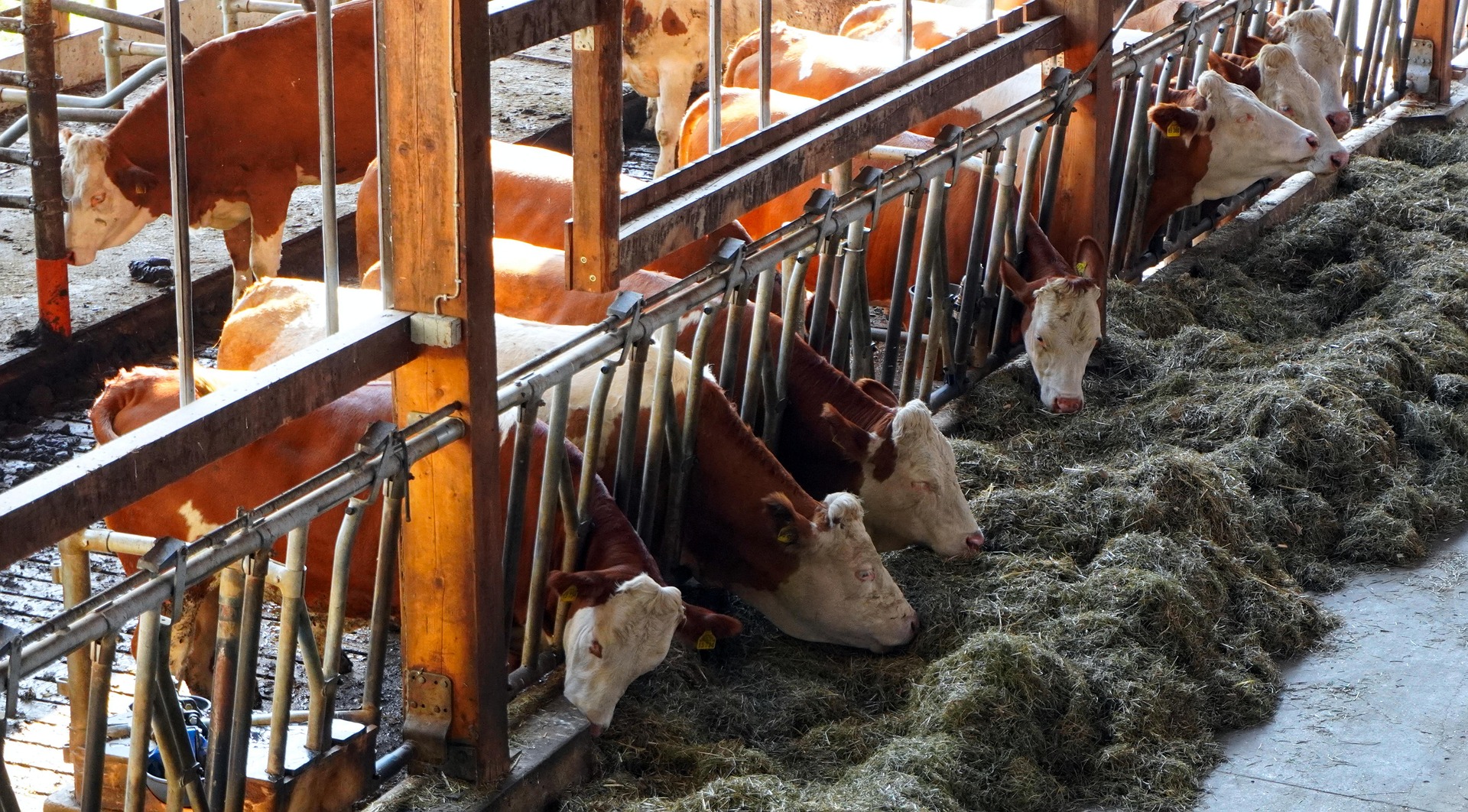
In a few decades, these are the only animals we will see. (Pixabay pic)
In the extinction queue are Asian elephants, orangutans, chimpanzees, gorillas, whales, tigers, rhinos, sea turtles and more. According to IUCN, around 28,000 species of animals and plants are threatened with extinction. Others (like the IPBES Report) say millions! Before humans, the loss of species was around one in a millennium say experts, but now within a decade itself two mammal species are gone. As the late naturalist E O Wilson said, if this trend continues we could end up in the ‘age of loneliness’ with few other species around..
Be it climate change, or food and water scenario, or even the disappearing of species from the planet, the next five years are crucial say experts. Crucial with regards to the path humans will take.
Since 1991, the per capita net availability of food grains has been declining. A 50 percent increase in food demand, and a 20-30 percent rise in water demand is expected by 2050. The soil is mostly degraded from pollution, salinization, acidification, etc.
As water gets polluted and difficult to access, in more and more regions of the developing world we are seeing borewells dug deep into the aquifers. The groundwater has not only high levels of nitrate and arsenic, but in some regions of the world, like India, it is contaminated with fluoride that is responsible for premature ageing in the populations.
Only 0.5 percent of the water on earth is potable.
Now look at water footprint in producing some things we take for granted. It takes 3-6 litres to get one bottled water at your table! And 140 litres for 1 cup of coffee, 2500 litres for 1 kg of rice, 3000 litres for 1 litre of beer, 4100 for one t shirt and 16000 litres for 1 kg of beef!

This one needs 3000 litres of water to deliver 1 litre to your table!
Can you see the irony? Of where our industrial ‘prowess’ and lifestyle has landed us?
At present, our global Ecological Footprint stands at 2.58 global hectares/person, whereas the planet’s biocapacity is only 1.51 gha/person. This means it takes more than one year and seven months now for the Earth to regenerate the natural resources we 8 billion humans (and our livestock) use in one year. We are managing as we are using up the share of the have-nots, other species and the future generations!
Humans, a species that is a ‘geophysical force’ have been transforming the land, more so after the technological inventions of the Industrial Revolution. Almost 40 % of the land covering forests, grasslands, wetlands and dry lands has been degraded.
Given the all-round crisis, the UN had drafted in 2015 the 17 Sustainable Development Goals (SDGs) demanding action by all nations with a timeline ending at 2030. Sadly, most of the targets that aim to end global poverty and hunger, while addressing climate change and biodiversity loss, have been stagnant since 2020. Global health, education, gender equality all have slowed down while it is business as usual on the climate change with unabated emissions and carbon dioxide levels surging to 150 pc of pre industrial levels and public funding for fossil fuels increasing! Even the funding for green projects has been way below expectations.
Does that then indicate how nations will work in partnership? Is it time to give up hope considering that developing nations do not have the wherewithal to end poverty or mitigate climate change?
Can we even dream of our governments agreeing to set aside half the landmass and water for nature, as advocated by Wilson in his book ‘Half Earth’, in order to ensure existence of 85 % species and ourselves?
Now, coming to India and the laws, there are more than one placing responsibility on the state and the individuals. Whether it be Article 48 A, or 51 A (G), or simply the right to life as in Article 21, it all calls for protection of the environment. This is hardly reflected, either in the state’s priorities when planning myriad projects that destroy the environment, or in the citizen’s non-response.
In such a scenario, does Environment Day mean anything at all?
But, there are people working in small groups, doing their bit silently. Obviously, things need to be replicated or scaled up to make an impact at the global level. Watch this space as we cover some of these eco-heroes in the coming days.
Painfully, Jaya
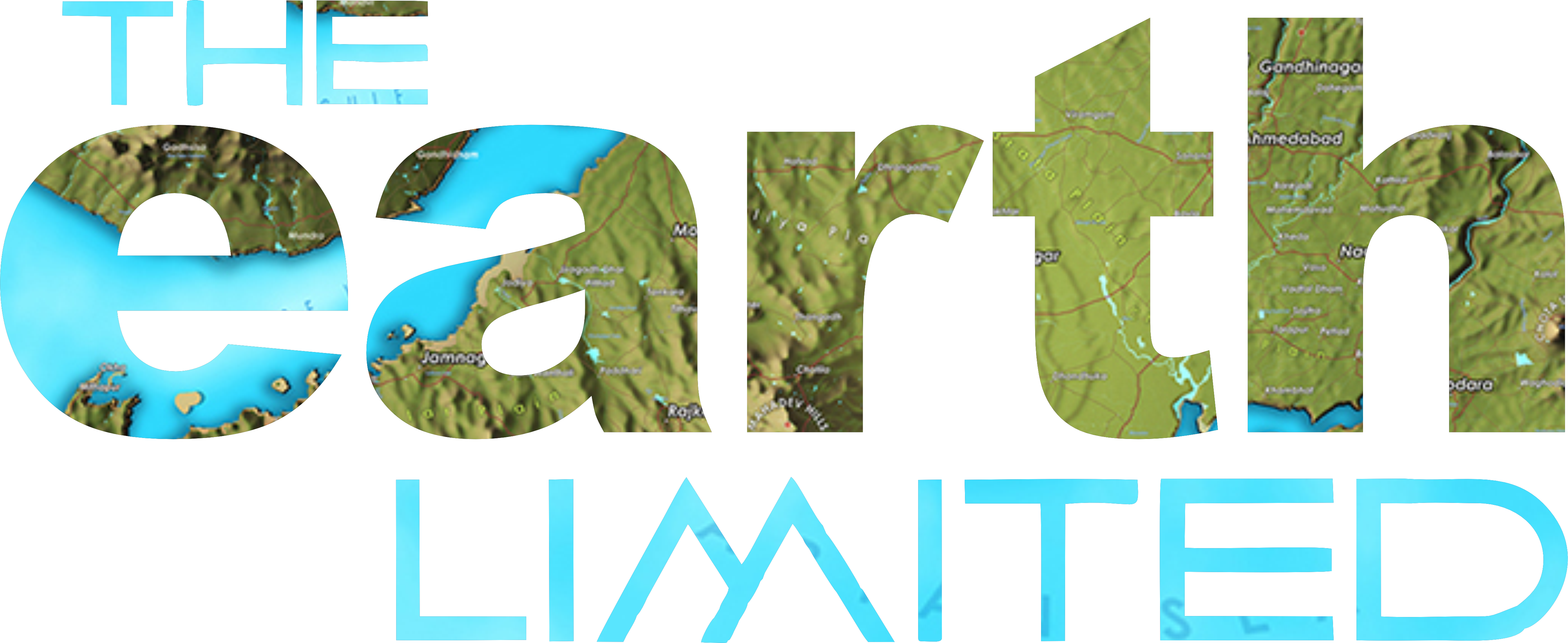

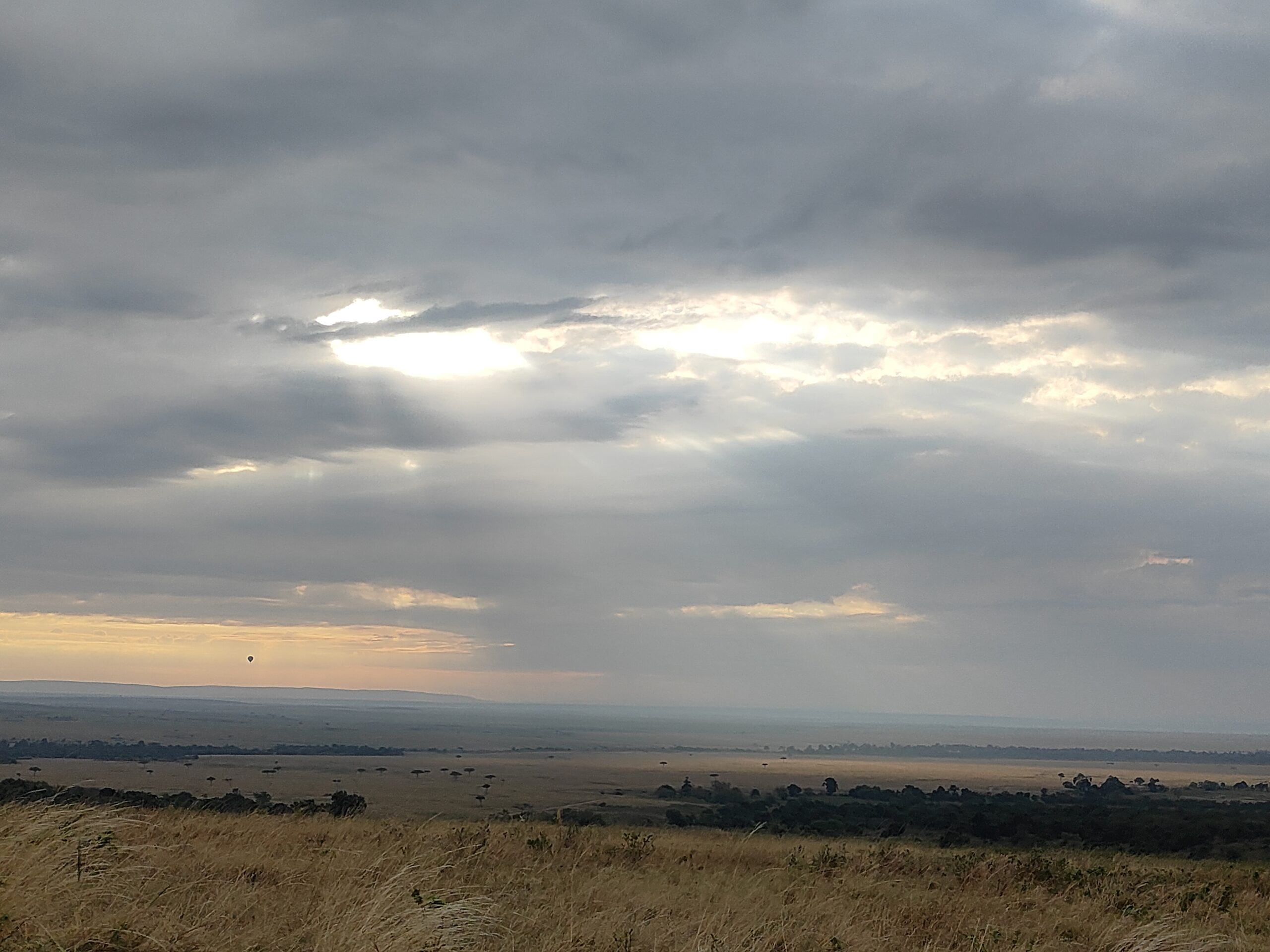
4 Comments
Thanks doe this, Jaya. This was an eye-opener! 4100 litres for a T-shirt! If we want to take along all creatures into the future, sustainability is key.
This is a lucid , well researched article. I share your pain. I agree that small groups of people around the world are working on it. But unless big selfish players change their policies nothing will happen. Otherwise 33 yrs ( since Rio De Janeiro in 1992 ) of sufficiently long period would have brought some change. There has to come a wave of very huge protest ( not in small and sporadic pockets ) that MUST pinch them the most. That is the challenge we face.
A compelling reminder of our place in the natural world—wonderfully expressed.
You’ve painted a scary scenario, Jaya.